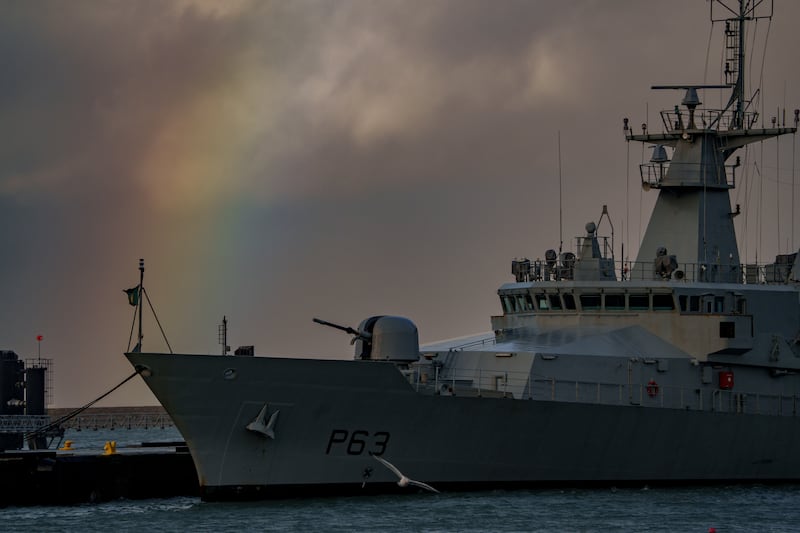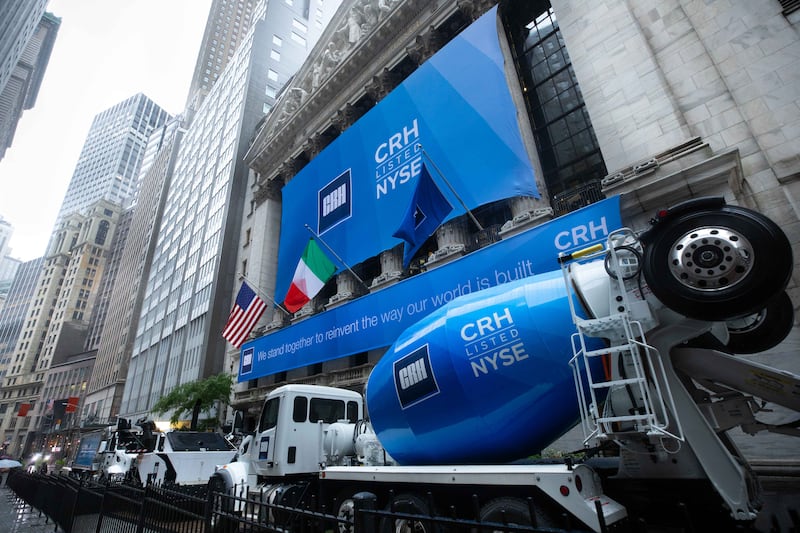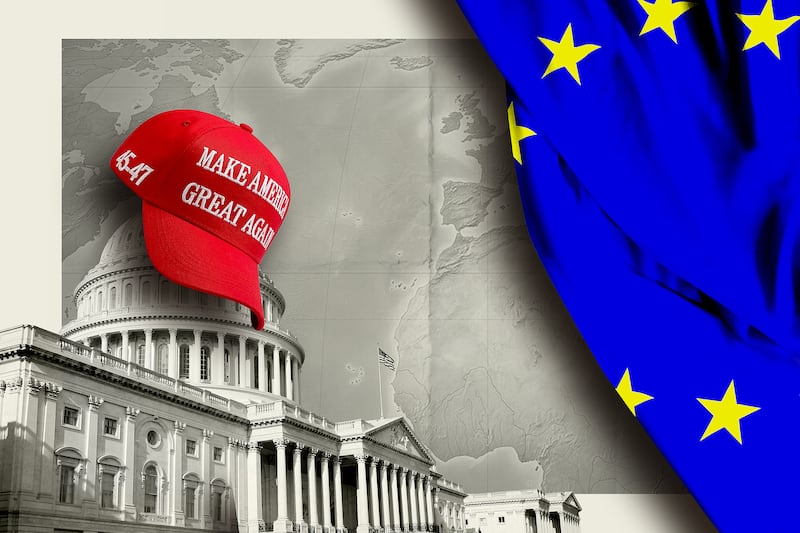Behind the forest trees that line the road and cover the mountains south of Nelson in Canada’s British Columbia, a cannabis production facility is expanding by about 40 per cent. Large earth movers are carving a new road through the spruce and Douglas fir trees, and gouging out from the mountainside a flat area upon which a new building will emerge shortly, a sister to the two large buildings that are already on site and fully functioning.
The new building is costing about 2 million Canadian dollars, or €1.4 million. The other two, which are only a couple of years old themselves, each cost between 1 million and 1.5 million Canadian dollars.
Welcome to the new reality of the cannabis industry in Canada, a rapidly emerging major player in the economy of British Columbia (BC), poster child of the country’s adoption of a different approach to previously illegal drugs. Since October 2018, cannabis has been fully legalised throughout Canada, with production, distribution and sale subject to government regulation, both federal and provincial.
Added to this, earlier this year and only in BC, the possession for personal use of hard drugs, such as heroin, cocaine, meth and ecstasy, was decriminalised, but not legalised, under an exemption from national law granted to BC by the federal government. For the rest of the country the law on hard drugs remains as before, as do penalties for bringing hard drugs across state (that is, provincial) lines.
READ MORE
The long term effects of decriminalisation, good or bad, have yet fully to emerge. Short term, however, the effect is that in a city such as Vancouver several streets are littered with half-dead addicts, unconscious on the pavements or zombie-like from smoking fentanyl, the prescribed drug for managing extreme pain, such as can be experienced by cancer patients, but which is 50 to 100 times more potent than heroin.
Cannabis, however, is in an entirely different category since 2018 and several people interviewed for this report envisage a future in which tourists will come to places like Nelson, and the wider Kootenay region of southeastern BC, to tour growing farms and visit craft cannabis producers. A sort of Route du Reefer, mimicking the routes du vin of France and places closer to home, in California and Oregon for instance.
“We can have farm gate cannabis tourism, just like wine” says Mathieu (Matt) Trépanier, operations manager at Sweetgrass Cannabis, the operation being expanded just off Highway 6, about 30km south of Nelson. “We can be the first. It would be just like whisky tourism in Scotland. That’s how all of this now feels to me..... We are at the birth of an industry. There’s more testing to be done but there’s a green rush now, like the gold rush, and everybody’s jumping into it.”
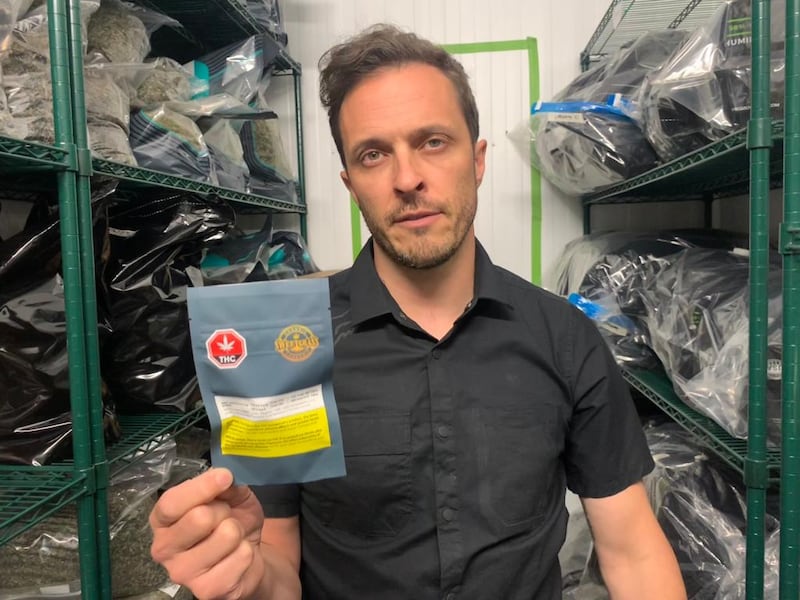
Visiting Sweetgrass is an eye-opener. Trépanier, who is 45 and was involved in pre-legalisation (that is, formerly illegal) cannabis production, takes me into one of the production buildings. It is nearly brand new and has that freshly painted, gleaming clean feel about it. Passing through security doors, we enter an almost hermetically sealed world of cannabis plant growing and harvesting.
A corridor runs the length of the building, which is similar in size to perhaps two temporary school classroom portable buildings. Off the corridor is a row of separate, windowless rooms where cannabis plants, in neat rows and elevated on growing trays off the ground, are at various stages of their eight to 10 week lifespan, from seedling to adolescent to full-bloom flowering plant ready for harvest. All are grown organically in soil specially curated by the company – a marketing point it emphasises.
The individual rooms also have a sterile, operating theatre feel to them. They are lit 24-hours a day by LED lighting and there’s a constant hum from temperature-controlled air conditioning. In Grow Room 1, the plants are nearing term and were due to be harvested on Friday just past.
Trépanier talks with the intensity of a farmer. Indeed, he and many other cultivators would like to see the industry supervised in the main by the ministry of agriculture, rather than by the health and public safety authorities. He explains how cannabis comes in two main genera – sativa, which tends to invigorate the user, and indica, which is a sedative – and are often crossbred to produce, on consumption, a slightly different effect or taste. This is reflected in the grow rooms where the trays are identified as containing different strains, such as mendoza stomper, mint or mint chocolate chip.
The plants in Grow Room 1 will be cut down and taken to a curing room along the corridor where they will be racked and dried for 10 days. After that, the flower, which contains either THC (tetrahydrocannabinol) or CBD (cannabidiol), the two main psychoactive compounds, or active ingredients, of cannabis, will be plucked off the plant.
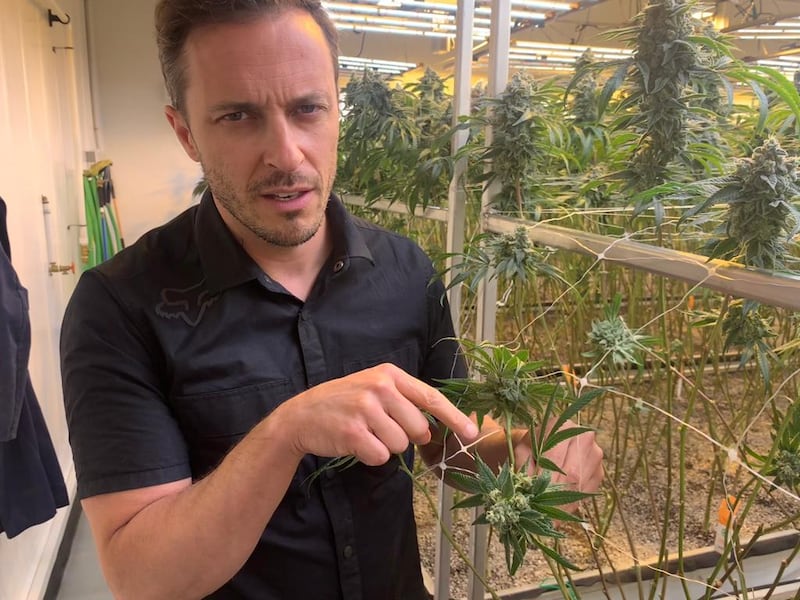
“Then the dried flower gets trimmed by hand with a scissors, bud by bud, so that all the leaves are removed,” Trépanie explained.
Room 210 is a small secure store room where the harvested dried flowers, and the leaves (which will also be used but are not as effective as the flower) are kept in labelled bags, a bit like in a bonded warehouse. With them are reams of stickers that will be applied to packaging like seals before any product is delivered for retailing, showing that the sale is revenue compliant. In fact, much of the production process reminds of a bonded warehouse where security and traceability are paramount. Every time anything moves between the rooms at Sweetgrass it has to be recorded so there is full traceability.
Flower heads are packed for sale into opaque plastic pouches, about the size of a small envelope. Cannabis for smoking is rolled into cigarette-style lengths off site but slipped into individual labelled container tubes at Sweetgrass. The company, which has 18 employees, 50/50 part-time and full-time, does not sell directly to consumers (except to medical users, for which it has a licence to dispense prescriptions) but it does supply to licensed sellers across Canada and is looking to expand overseas, supplying the medical-use market in Europe and Australia, for example.
It’s a profitable business: sales revenue is roughly double production costs, which at Sweetgrass is about 2 Canadian dollars per gram of cannabis. A 3.5 gram sachet, sufficient for three or four joints, retails for around 40 Canadian dollars. The company has been going legit for three years, running at a loss in year one, breaking even in year two and, last year, turning a profit of around 1.5 million Canadian dollars.
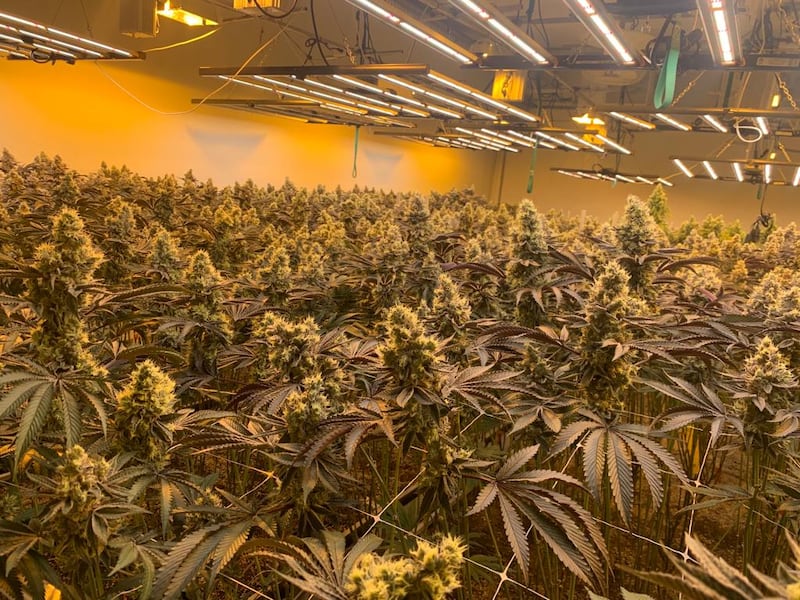
The Kootenays, and Nelson in particular, are the centre of BC’s growing cannabis industry largely for historical reasons. In the late 1960s and 70s there was a major influx of young men from the United States determined to avoid being called up for the Vietnam War. Many were part of the counter-culture movement of the time which was at its core anti-authority, and with a “back-to-nature” world view, that included small-scale cannabis growing.
Inevitably, larger growers emerged to supply the local market, albeit illegally, and, in parallel, there developed in the Kootenays a deep understanding and expertise about the plant itself. Such growers as have not come forward to continue under regulation, are referred to as legacy growers and traders. The Canadian authorities, federal and provincial, hope this cohort will either eventually come on side, as it were, or give up.
It is not difficult to imagine small legacy growers finding the new regulations difficult and opting to remain illegal. Matt Trépanier shows me a lengthy list of compliance tasks under various headings that reads like a never-ending excel sheet of must-dos - GPPs, or good protection practices. It covers keeping records, pruning, transplanting, harvesting and drying, watering and quality control, sanitation, personal hygiene and security.
“We have maybe 100 or 150 standards of procedure,” says Trépanier. “For instance the scissors used to trim the flower heads – how to clean them; the records we keep – how to keep them, written down or digital...I worked in bunkers [before going legit] where you struggled to get down the stairs, and crawling through spaces with no ventilation. There’s a lot of people in the Kootenays who just don’t want government telling them what to do.”
The authorities would argue the regulations are all part of going “legit” [legitimate], being accountable and protecting the public.
Cameron Derksen is a manager for cannabis policy and legislation in BC, which comes under the general auspices of the public safety minister , sees legalisation as a big opportunity for business and employment, especially in areas where such opportunities have traditionally been few.

“Cannabis legalisation is the biggest new policy area for provincial governments [in Canada] for a long time and I definitely wanted to be involved,” he said of his job.
An indication as to the degree to which the cannabis industry has become an accepted part of the BC economy came when the public safety minister, Mike Farnworth, who is also BC’s solicitor general, visited Sweetgrass shortly before this reporter to see for himself the burgeoning new economy of the region.
Derksen, who emphasised in our interview that he was speaking personally and not reflecting government policy, said that in his view cannabis production, sale and use was now over-regulated, a situation that was holding the industry back. Growing and production is regulated according to federal government laws (that is, Ottawa), while distribution and sale is a matter for individual provinces, such as BC.
“Small growers have years and years of experience,” says Derksen, who agrees regulation is necessary, because of the health risks attached to cannabis consumption. However, some small growers “mortgage their house to set up as legal growers but find themselves descended upon by regulators....I want to help the industry to succeed, not sink the ship....The biggest harm [in consumption] is on the brains of young people and so all efforts are on reducing that.”
To that end in BC you have to be over-19 to even enter a cannabis shop. Initially, retailers were forbidden to use the word cannabis outside their premises, or project images of the plant, and had to have frosted windows, or another visual blocker, preventing people seeing inside the shop. Those regulations have been relaxed recently but shop fronts remain unusually bland and with little on display that is eye-catching.
Inside they are often somewhat sombre places as well, lacking any in-your-face advertising or sales pizzaz.
Gabi Mattoso runs Canntina in downtown Vancouver which offers the full range of cannabis products – joints, dried flowers, oils, “bath bombs”, drinks and other oral consumption items which include sweets and biscuits. “We are a recreational store,” she says.
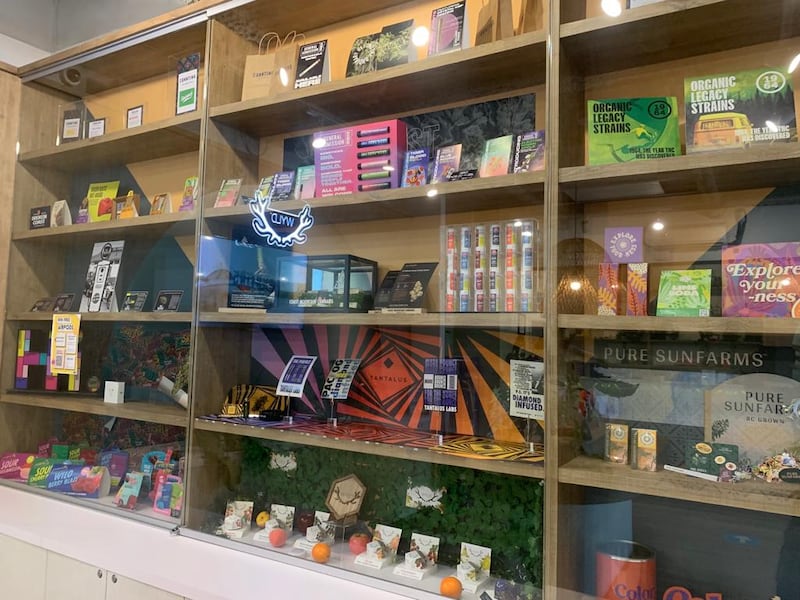
Cannabis vapes are “super popular” now, she says, and some customers want cannabis for pain. “I can’t really suggest anything for that,” she points out. “I’m not a doctor but sometimes I can share my own experience. I can’t give [any] medical advice whatsoever.”
Her customers are 60 per cent men and 40 per cent women, she says, both young and old, and many tourists. “Oh they love it; it’s like a whole new world for them.”
“Because we are downtown, we do get a lot of people who want a joint on the go, on the way to work,” she says.
That joint will cost 6 Canadian dollars. An eighth of an ounce of flower for roll-your-own aficionados costs 40 Canadian dollars, while edibles cost between 5 and 7 Canadian dollars.
Jim Leslie, who works at The Potorium on Nelson’s Baker Street, is passionate about the medical benefits of cannabis use, highly critical of the regulations, and is poised to get out of cannabis into the mushrooms and LSD business.

“We [in BC] had a billion dollar business without the Feds’ help,” he says. “There was no oversight and less than 5 per cent [of those involved] had any ties to organised crime which means that the vast majority of those involved were otherwise law abiding people . . . But the Feds control our growing now and we don’t like that.”
He is a former border patrol police officer himself who says he resigned to get into cannabis. He was involved in an 80 kilo seizure of cocaine – “there was so much we had to go to the maternity hospital and use a baby scales to weigh it” – but came to believe in the medical benefits of cannabis.
“I quit on father’s day in 2014 to get into medical cannabis and we helped a lot of sick people, including children, across Canada,” he says, arguing that unlicensed dealers supplying cannabis for medical use “have a moral obligation to stay open” despite what the law says.
The Potorium has counter displays of little coloured sweets in pyramids on circular mirrors but joints, oils and other containers of cannabis are packaged in labels cluttered with regulation-ordained information and advice and are visually uninviting.
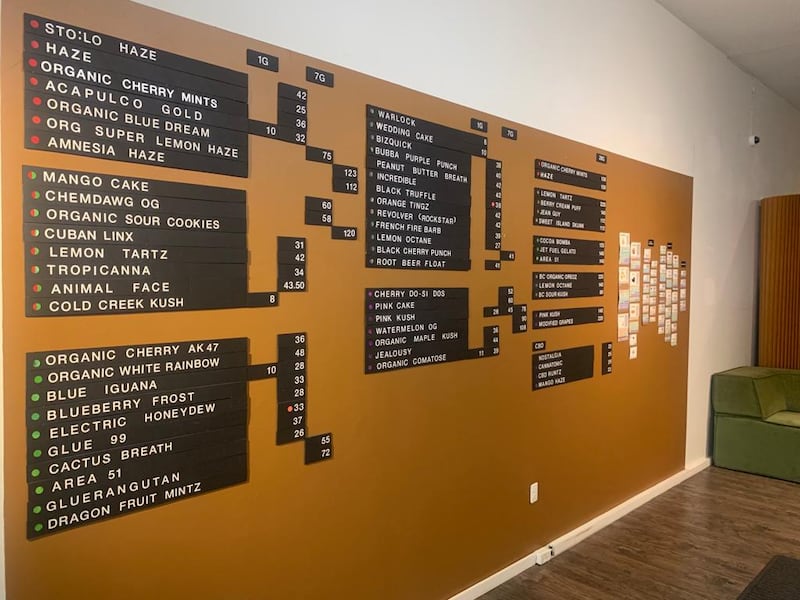
Cameron Derksen is sympathetic to accusations of government heavy-handedness. Cannabis is the highest-taxed product in Canada, he says, and “it would cost a person da1 million to set up a federally licensed cultivation facility and [they must] be fully inspected and approved for production even before growing a single plant.”
He feels that generally people’s risk assessment is “badly misaligned” when compared to other potentially harmful products. “People see little danger in a glass of wine or getting smashed,” he suggests, and adds that, by comparison with getting drunk, “nobody has a joint and then starts a fist fight”.
The effects of consumption of hard drugs, graphically on display on Vancouver’s Granville Street and in the city’s Chinatown area, are horribly evident but BC government policy now is to treat this problem as a health, and not a law and order, matter.
Kristina Del Aguila is operations manager of a former backpacker hostel on Granville that is now a refuge for the chronically addicted, who are almost invariably also homeless. About 80 people live in the hostel, many of them slumped comatose on the pavement outside for most of the day having smoked fentanyl or ingested some other substance.
Del Aguila is non-judgmental. “Everyone has their own journey,” she says. “For us the goal is to support people no matter what their path is....out of shelter and into supportive housing to get their lives back on track.”
Even the most optimistic, the most sympathetic, would be hard pressed to see many, if any, of the addicts of Granville Street returning to conventional living. The decriminalisation policy aims to “remove the stigma” of drug addiction and while it may do that it has also placed the reality of chronic addiction out there for all to see – a possible deterrent to others?
Crime statistics for 2020 – two years after cannabis legalisation – suggest offences have plunged, which is not surprising given that it is no longer illegal . In that year, 2,550 adults were charged with cannabis-related offences, a decrease of 85 per cent on the figures for 2017, the year before legalisation.
Cannabis shops are commonplace. For instance, on Nelson’s main drag, the kilometre-long Baker Street, at least two cannabis outlets sit neatly alongside more colourful locally-owned cafes, restaurants, tourist, clothes, craft and other outlets.
The people going into them are what we might call very ordinary people, a mix of retirees and others in their 60s, middle-aged couples and younger people, perhaps mainly in their 30s. They are all well but casually dressed, relaxed, and might as well be buying a bottle of wine for the weekend, as they seek recommendations or information as to the relative merits of a Laughing Turtle, Johnny Chronic, Pure Sunfarms or All-Nations joint.
“Is this good for society?” Cameron Derksen repeats my question back to me. “Time will tell. But the time and energy and money spent on arresting and putting into jail people for something less harmful than getting drunk on a Friday night hasn’t been much good either.”
Peter Murtagh is travelling by motorbike from Tierra del Fuego, at the tip of South America, to Alaska, at the top of North America, and writing here regularly. You can also read his blog and follow him on Twitter, Facebook and Instagram

















